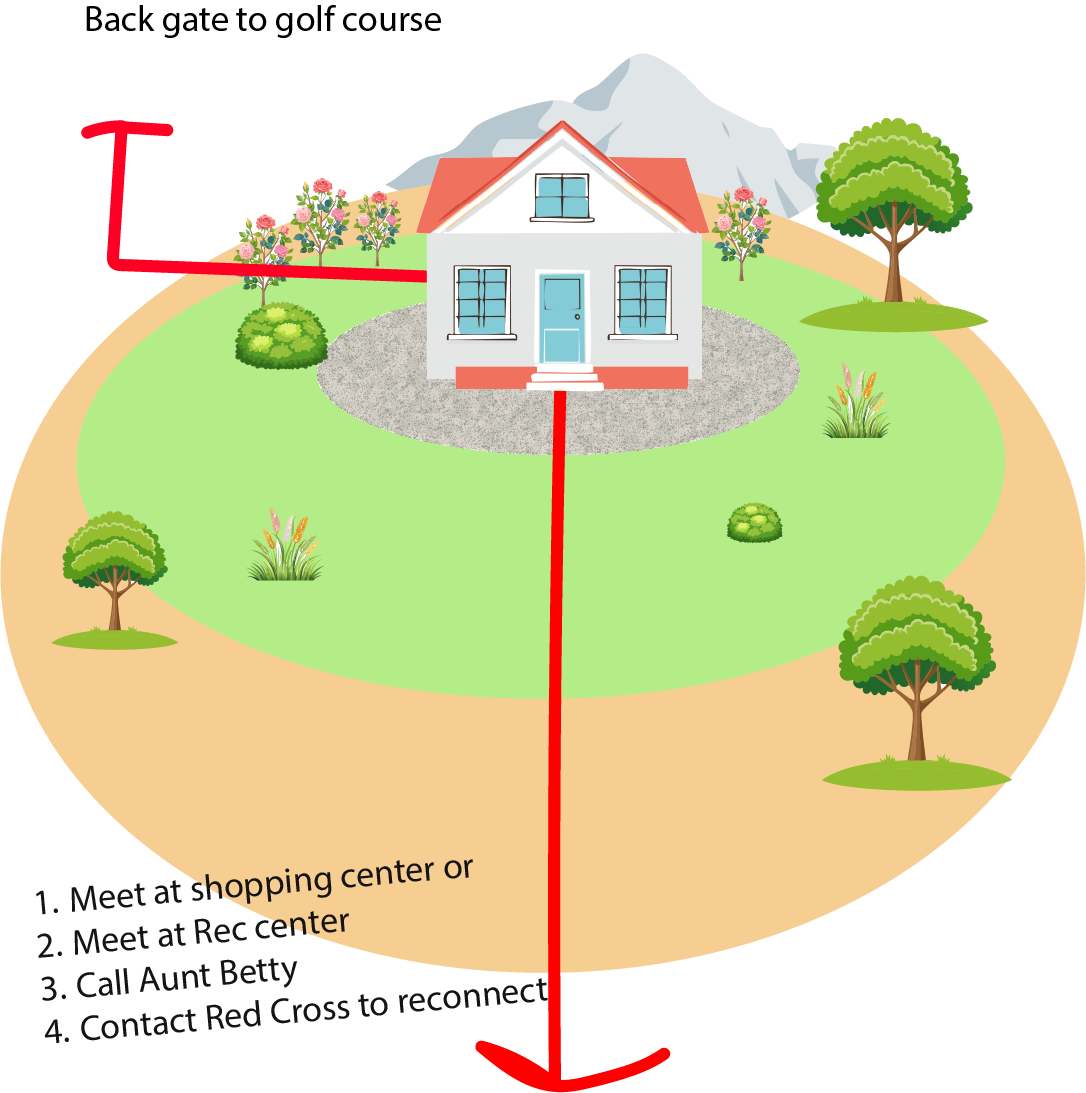 Wildfire preparedness is challenging and resource intensive, Planning ahead can build awareness and confidence that you know what to do in a wildfire.
Wildfire preparedness is challenging and resource intensive, Planning ahead can build awareness and confidence that you know what to do in a wildfire.
Remember if they shut off the power it is to prevent fires caused by power lines and for the safety of first responders. Look for planned outage information for your power company and sign up for alerts, My power company has maps and instruction, see if yours does to help you plan. Remember Many modern disasters happen where homes have been built where none existed before.
Before a wild fire breaks out
Make sure you are signed up for cell phone alerts
Go over your insurance, know what to expect, call them first before committing to repairs if you have losses.
Park cars facing out
Maintain at least half a tank of gas in your vehicle.
Keep your cell phone charged
Discuss evacuation plans with family members who are young older or who may be come anxious and discuss 2 ways out of every room and every scenario
Make sure doors and windows are not blocked with furniture or items
Haul away debris and garbage from your property
Have your shoes near your bed and an exit door
Choose an outside meeting place in front of your home and one at a public place
Have carriers, food, and water ready for your pets so they can leave quickly and safely with you.
Close the fireplace flue during wildfire season when the chimney is not being used.
Move firewood and lumber well away from the home
Ensure that all combustible materials are removed from underneath, on top of, or within five feet of a deck.
Remember to properly store retractable awnings and umbrellas when not in use so they do not collect leaves and embers.
Store a fire extinguisher and basic firefighting tools within easy reach.
Be able to open garage doors or gates without power, Equip garage doors with battery backups to ensure functionality during power outages.
Apply weather stripping around and under the garage door to block ember entry.
Keep a minimum of 10 feet of vegetation clearance on either side of driveways and access roads.
Ensure gates open inward and are wide enough for emergency vehicles, and keep overhead branches trimmed.
Keep gutters free from plant debris to prevent ember ignition. Add a noncombustible metal drip edge to protect the roof’s edge from ember exposure.
Install long garden hoses at your property that can reach all areas, including roofs and decks.
Consider installing pumps for pools or back up power to wells to increase water availability during fires.
Your home’s address should be easily visible from the street for quick identification by emergency responders.
Have a ladder handy for firefighter roof access
Know your community’s emergency plan, evacuation routes, and destinations
Get to know your home’s utility boxes for electricity, water, and gas and how to safely manage them.
Check with neighbors to ensure they’re also prepared
When an evacuation is likely or has been ordered
Leave if you believe an evacuation order is coming, don’t wait
Bring in patio furniture toys, doormats, and trash bins. Alternatively, place them in your pool if evacuation is likely or ordered
Shut off gas lines and items like propane tanks and move grills away from the house.
If you are on city water, Don’t leave sprinklers or water running as it can lower critical water pressure.
Switch off the air conditioning
Close all windows and doors but leave them unlocked
Take down flammable window treatments like shades and curtains, and close metal shutters
Move anything that burns easily to the middle of rooms, away from windows and doors
Turn off the gas at the meter and pilot lights
Leave lights on for firefighters to see your house in smoke. I have a battery back up light bulb on the porch light. that comes on if the power is off.
Expect power outage, don’t use improper connections for generator, they may cause injury to workers
Don’t return home until fire officials notify you that it’s safe to do so.
Use a battery-powered radio or your cellphone for wildfire updates.
Podcast: Play in new window | Download


